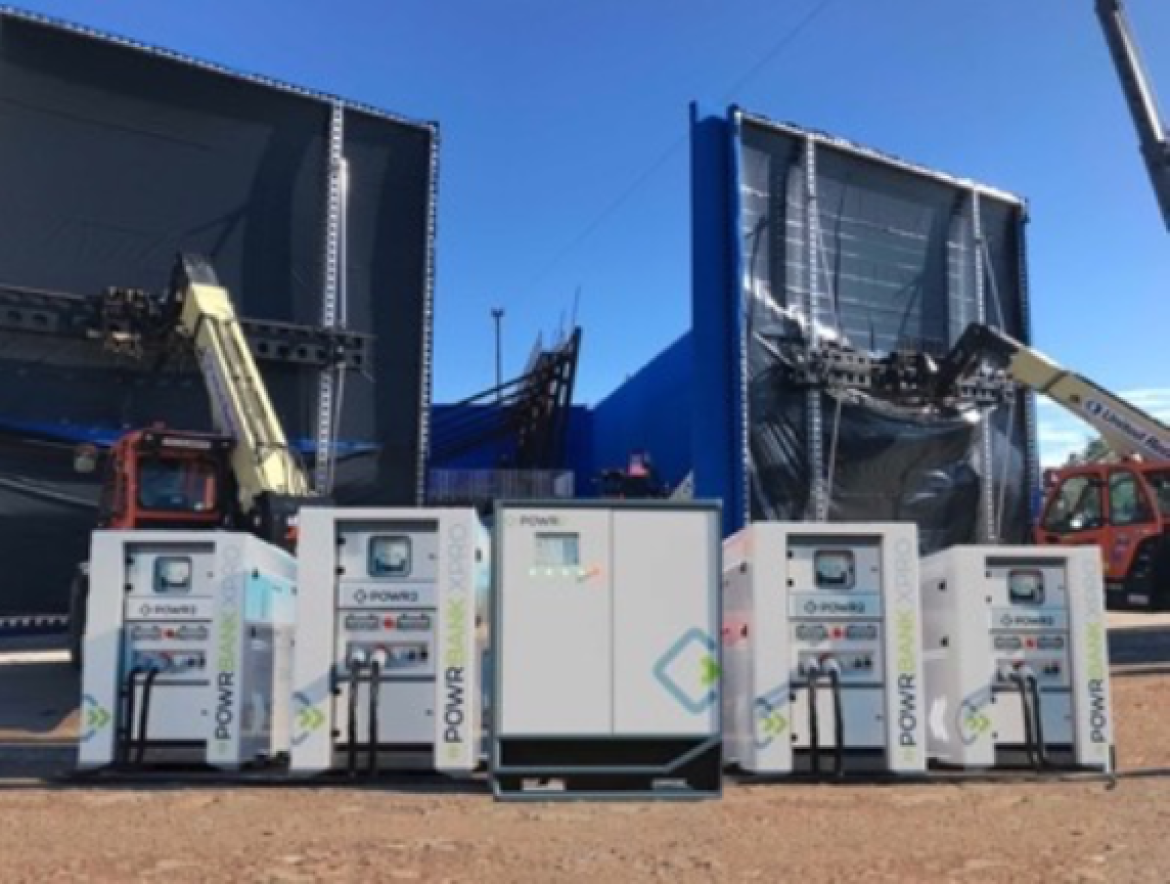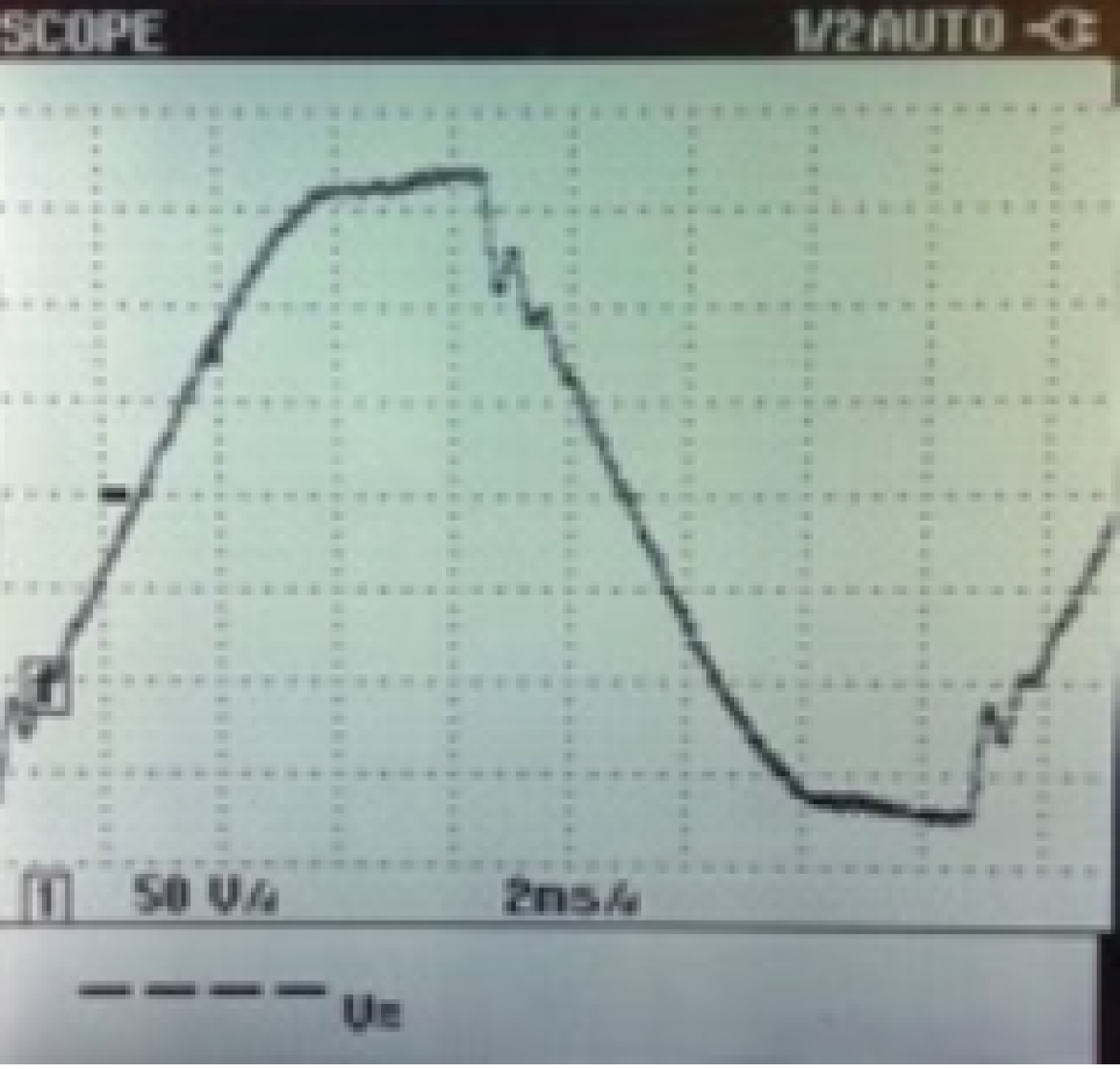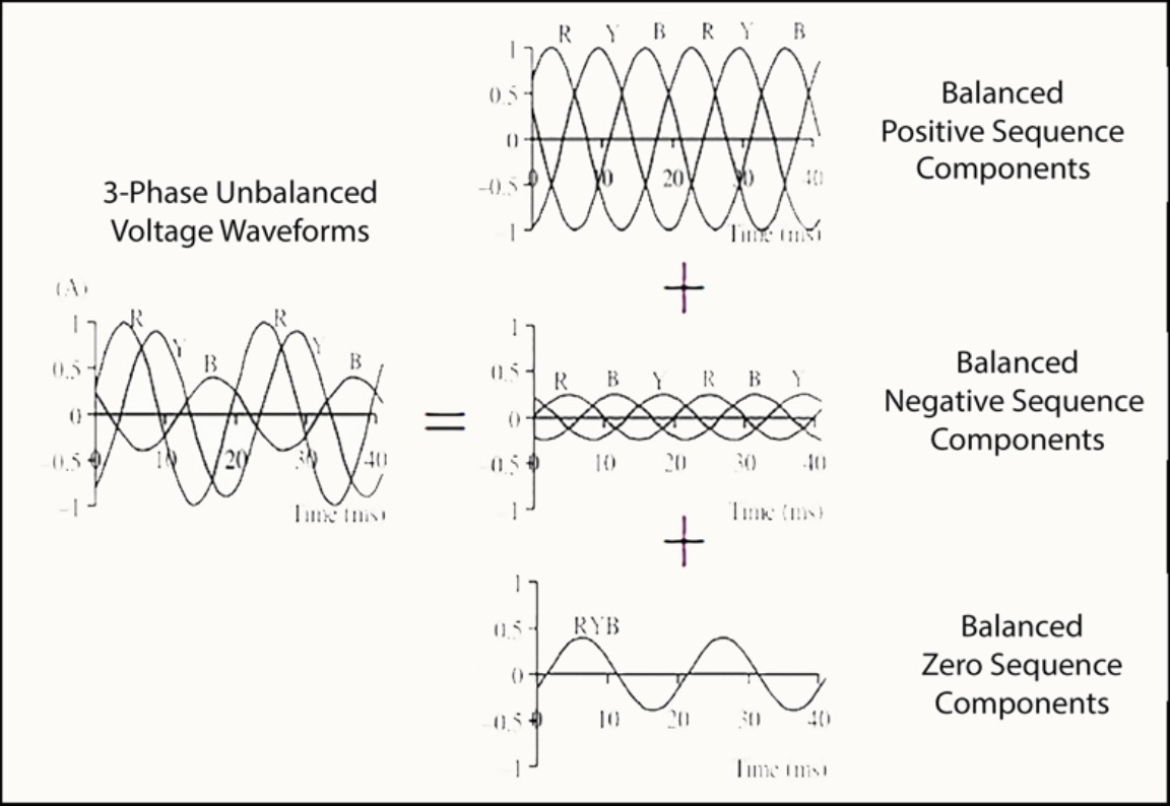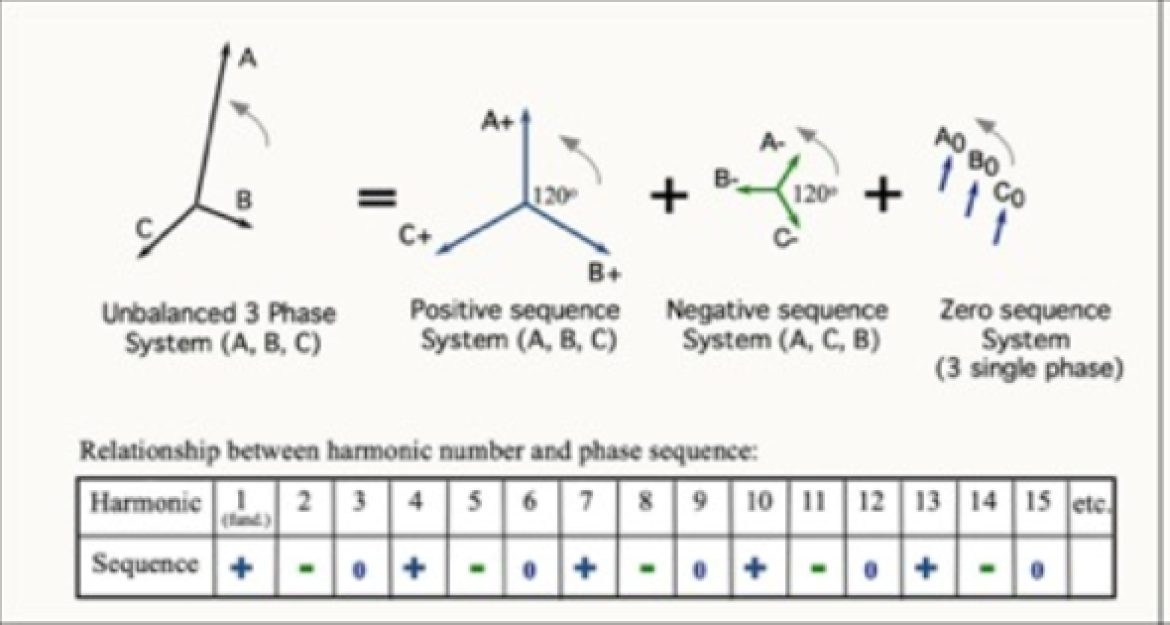Getting to Net Zero Production: Part 2

In part one of this series (Protocol Fall 2024), we discovered that it is possible to get to net-zero production with battery energy storage systems (BESSs) that can be paralleled to increase capacity and runtime. This feature makes it possible to use small, easily transportable BESSs as building blocks to construct clean mobile power systems that can be scaled up or down to meet the power demands of a show across the board - from the many small side-shows of a production (catering, basecamp, merchandising tents, etc.) to the main show as well.

In each use case, depleted batteries can be swapped out under load for freshly charged ones to provide perpetual power. Sounds great, but what about the cost? Given the current production climate, where Producers are squeezing Lincoln off every penny in their budget, is there the appetite for a new untested power source no matter how much better it is for the planet? In this second installment, we compare the tangible and intangible costs of using diesel generators and BESSs to power the entertainment industries.

The rental rate for BESSs is approximately 1.5x that of a comparably sized diesel generator. So, on face value BESSs appear to be more expensive. But take into account the total operating cost (TOC) of each power source and subtract the value of the superior power quality of BESS and they are more than cost competitive with diesel generators even with today’s “early adopter” rental premium. Let’s start by exploring the hidden costs of powering shows with diesel generators.
There is, of course, the cost of diesel fuel ($1,562.40/wk. for a fully loaded 1400A generator) and the environmental cost of releasing its carbon (carbon offsets for the same fuel can cost $1,215.90/wk.). To these costs, we must also add the less obvious costs that stem from the poor power quality of diesel generators.
A power source is either “stiff” or “soft” depending on the degree of voltage waveform distortion created by the current drawn by non-liner loads. We say the power from diesel generators is “soft” because it is susceptible to load induced distortion of the voltage it generates. The power from the grid is “stiff” because it is not. The degree to which a power source is susceptible to distortion of its voltage waveform determines the quality of its power, or “power quality”, and how reliably equipment will operate on it. Many of the issues we have experienced with diesel generators are the result of the current harmonics drawn by non-linear loads encountering impedance that can be as much as 20x higher than the grid. The resulting voltage waveform distortion (Figure 5) can have deleterious effects on connected loads not seen on stiff power sources.
Take for example non-pfc LEDs lights with leading power factors like the Quasar Science Q100 LED Tubes. When used by the hundreds on a movie location powered by a diesel generator, the harmonic currents drawn by these LED fixtures can have an adverse effect on the soft power of diesel generators.
For example, when the harmonic currents drawn by Quasar Science LEDs (Figure 4) encounter the high impedance of a diesel generator, it creates a voltage drop at only the peak of the voltage waveform. The result is a flat-topped voltage that can cause not only the Quasar Science LEDs to flicker or shut off, but other lights as well.

Such high voltage distortion can be problematic for connected loads, especially those that utilize Switch Mode Power Supplies (HMIs, Kinos, LEDs) because they only draw current at the peak of the AC waveform when the voltage is higher than the voltage of the energy stored in their smoothing capacitor/s. Appreciably flat-topped voltage that doesn’t reach the normal peak value of 169.7 V (120V RMS x a Crest Factor of 1.414) has the effect of reducing the energy stored in the capacitor/s. With less stored energy, a Switch Mode Power Supply’s capability to ride through such distortion of the voltage is reduced and power to the ballast’s switch mode converter can be interrupted causing the light to flicker or shut down as illustrated in Figure 6.

While there is no firm limit to THDV in the US, IEEE 519 recommends that non-linear loads utilizing SMPSs operate on power with no more than 5% THDV. Otherwise, their DC bus voltage will be reduced from what the equipment is designed for, starving it of power, causing it to flicker or shut down. This goes for not only LED fixtures, but also HMI and Kino fixtures, as well as audio and video recording equipment that use SMPSs to convert AC mains power to DC.
For this reason, in the production of the Ryan Reynolds SFX movie Free Guy, non-linear loads like Quasar Science Q100 LED tubes (Figure 3) and Luminys 50kW SoftSun fixtures (Figure 7), were isolated on their own generators so that they didn’t affect other loads - adding considerably to the TOC of using diesel generators to power the show.
Lights with leading power factors are not the only loads typically isolated on their own diesel generator because of the voltage waveform distortion they create. As can be seen in Figure 10, the harmonic currents drawn by the variable frequency drives (VFD) of large affects motors can cause voltage flattopping on the soft power of diesel generators, where they don’t on the stiff power of the grid. For example, common VFDs used in E-fans can cause voltage distortion (THDV) ranging from 2.2% to 13.8% depending upon the power supply impedance.
In the case of low impedance grid power (Figure 8), the THDI of the pulsed current waveform drawn by the VFD was over 100%, yet the voltage distortion (THDV) was only 2.2% because the low impedance of the grid resulted in very little voltage distortion in the distribution system. In other words, the harmonic currents drawn by the VFD had very little effect on power quality because of its stiffness.
When the same 15 HP motor was supplied by a diesel generator instead, the high source impedance of the generator smoothed out the current pulses (reducing the THDI to 25.8%) but produced severe voltage flat topping with a THDV of nearly 14% (Figure 10).
Such voltage distortion can lead to reduced efficiencies, equipment malfunctions, and even damage to connected equipment. To paraphrase Simon Cleveland, a NYC based SFX technician that has had hisvshare of “successes and failures on set”: “VFD drives can have unusual power draws rich in harmonics. The harmonics are less troublesome when on shore power, and in my experience over specified [sized] generators help to dampen the issues.” In other words, the secret to Simon’s successes is to not only isolate E-Fans on their own diesel generator, but to also oversize the generator for the load - further adding to the TOC of using diesel generators to power a show.
The impedance of diesel generators is much higher than that of BESSs due to fundamental differences in their operating principles and construction. A diesel generator generates power by rotating a magnet (its rotor) past fixed coils of copper (its stator.) Due to the inductive reactance of the stator windings and its
mechanical inertia as a rotating machine, diesel generators are slow to respond to changes in load. In contrast, a BESS’s inverter uses static power electronics (e.g., IGBTs or MOSFETs) to convert the DC energy from batteries to AC power. Not only can power electronics respond much more quickly than the mechanical components of a diesel generator, they can also correct poor power quality in real-time by dynamically adjusting the voltage, frequency, and phase angles of the power they output. With the ability to instantaneously control the power output on each phase, BESSs are better suited for applications requiring rapid, precise control.
A diesel generator’s impedance (considering both resistive and reactive components) can be up to 20 times higher than that of a BESS inverter. For this reason, the power that BESSs generate is much less prone to load induced voltage waveform distortion than the soft power of diesel generators, assuring that connected equipment will operate reliably – eliminating costly down-time. And, with no moving parts, BESSs will not fail catastrophically under unbalanced phase voltages as diesel generators can.
For example, in the production of the movie Knives Out, we had to isolate several porta-potty trailers on a separate diesel generator because the harmonic currents drawn by their 1kW non-pfc switch mode power converters (Figure 13) generated severely unbalanced phase voltages that caused several of our 18kW HMI fixtures to shut-down and the generator to shake, rattle, and belch black smoke. Why?
According to symmetrical component theory, any unbalanced set of 3-phase phasors can be represented by the sum of three sets of balanced phasors as illustrated in Figure 15. If the phase currents of a generator are equal and the phasors are displaced by 120 degrees, only positive sequence components will flow in a power system. Positive sequence components (the 4th, 7th, 10th, etc. harmonics shown in the table in Figure 15) rotate in the same direction as the generator’s rotor.

When a phase voltage unbalance exists in a 3-phase system, negative sequence components flow in the power system (the 2nd, 5th, 8th, etc. harmonics shown in the table in Figure 14.) Negative sequence components rotate in the opposite direction. Components which don't “rotate” at all are called zero sequence (the 3rd, 6th, 9th, etc. harmonics shown in the table in Figure 15.) Since a generator can only generate positive-sequence power, connected loads, like the porta-potty’s power converter, create the negative and zero sequence components.

The brilliance of symmetrical component theory is that it identifies and provides a means of quantifying the electro-magnetic forces in an unbalanced system that oppose the rotation of a generator’s rotor and induces heat and vibration in it. Like all good mathematical models in electrical engineering, symmetrical component theory is simply a way of describing the interaction of magnetic fields. In this case the magnetic fields generated in the air gap between a generator’s rotor and stator (Figure 16.).

The magnetic field created in this gap by positive sequence currents rotates at synchronous (rotor) speed in the same direction as the rotor. Because the rotor and this magnetic field move at the same velocity and direction, the magnetic field maintains a fixed position with respect to the rotor and so exerts no rotational torque on it.
An unbalanced condition produces negative sequence harmonic currents which produce a magnetic field with the opposite rotation. The opposing rotation creates torque on a generator’s rotor, resulting in speed pulsations and mechanical vibration. On Knives Out, the vibration stirred up the sludge that collects at the bottom of a generator’s fuel tank and clogged the fuel filters. The great thing about BESSs that make them a more reliable power source is that they have no moving parts. With no moving parts, they will not fail under unbalanced phase voltages as diesel generators can. In diesel generators, negative sequence currents can lead to rotor heating, mechanical vibration, and wear on bearings. Since a BESS uses static electronic components to manage power flow these issues are absent – eliminating costly downtime or the necessity of isolating porta-potty trailers on a separate diesel plant.
As is evident from this rogue’s gallery, the entertainment industries are very much outliers in the number of non-linear loads we use and how we power them. On Free Guy alone, we ran separate generators to power 50kW SoftSuns, E-Fans, and Quasar LED banks because of the voltage waveform distortion they generate. That’s three additional generators, three stake beds to tow them, three Teamsters to drive the stake beds, and three additional generator operators added to the TOC of powering the show with diesel generators. Where the stiff power of BESSs is not prone to voltage waveform distortion, these non-linear loads could have been run on paralleled BESSs at a huge cost savings personnel and equipment.
BESSs not only save money, they add value to a show as well. As reported by Richard Cadena (Building Back Better with Batteries, Protocol, Spring 2023), an audio engineer on Lollapalooza 2023 said of the stiff power of the BESSs used to power headliner Billie Eilish’s act: “I noticed the bottom end transient response to be noticeably tighter and faster, with less fatigue in the high frequencies.” What is it about stiff power that improves the quality of sound reproduction?
In live music production, a booming kick drum, or other musical accent, can put a large transient load on a diesel generator. In response to the high current demand, the engine must increase its mechanical power output to the alternator to keep up with the load and prevent a drop in voltage. Often these peak demands are so fast that they pass before the generator’s automatic voltage regulator can respond. Unable to support the power demand of a booming kick drum, the audio system can’t reproduce its full aural impact. By comparison, the inverter of a BESS can respond very quickly and render the full impact of a kick drum since energy is already stored in its batteries and inverters can respond much faster than a generator’s automatic voltage regulator.
If these weren’t reason enough to junk diesel generators in favor of BESSs, they’re also safer to work around. Leaving aside the health effects of global warming, the effect of breathing diesel exhaust is well documented. For those, like truck drivers and generator operators, who are exposed over long periods, breathing diesel exhaust can increase the risk of asthma, bronchitis, and chronic obstructive pulmonary disease (COPD), which results in a higher risk of high blood pressure, heart attack, and stroke. Breathing diesel exhaust can also cause neurological effects such as headaches, dizziness, and cognitive decline. And, classified as a Group 1 carcinogen, long-term exposure can also lead to a greater risk of lung cancer. According to a Harvard University study, 8 million deaths a year can be attributed to diesel exhaust globally. According to the Clean Air Task Force, the health damage from diesel exhaust, if monetized, exceeds 100 billion dollars a year in the US alone, which adds considerably to the TOC of powering a show with diesel generators.
When we take into account the total cost of powering our shows with diesel generators it is significantly higher than that of BESSs - even at today’s “early adopter” rates. Making BESSs not only better for the planet, but also a show’s bottom line.
